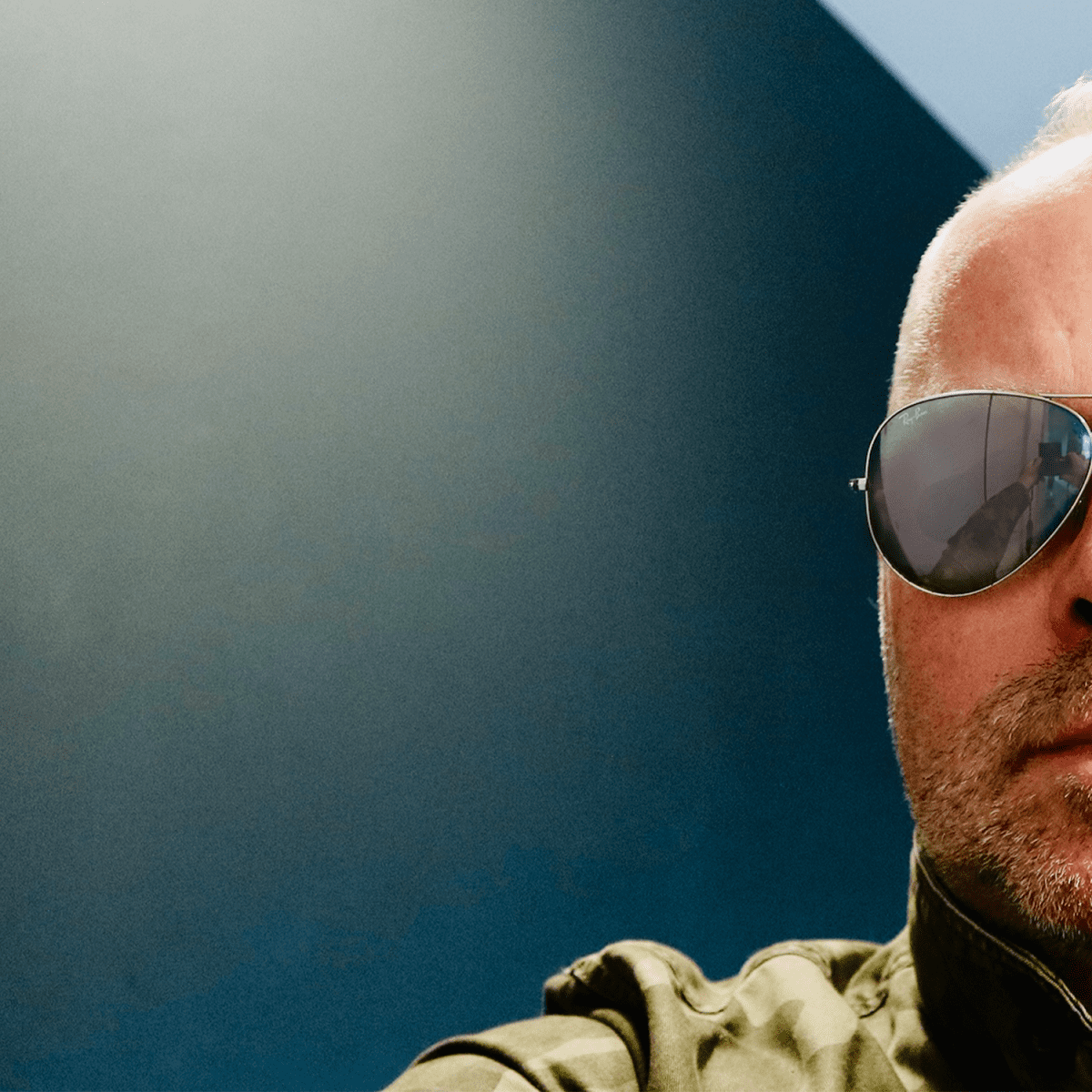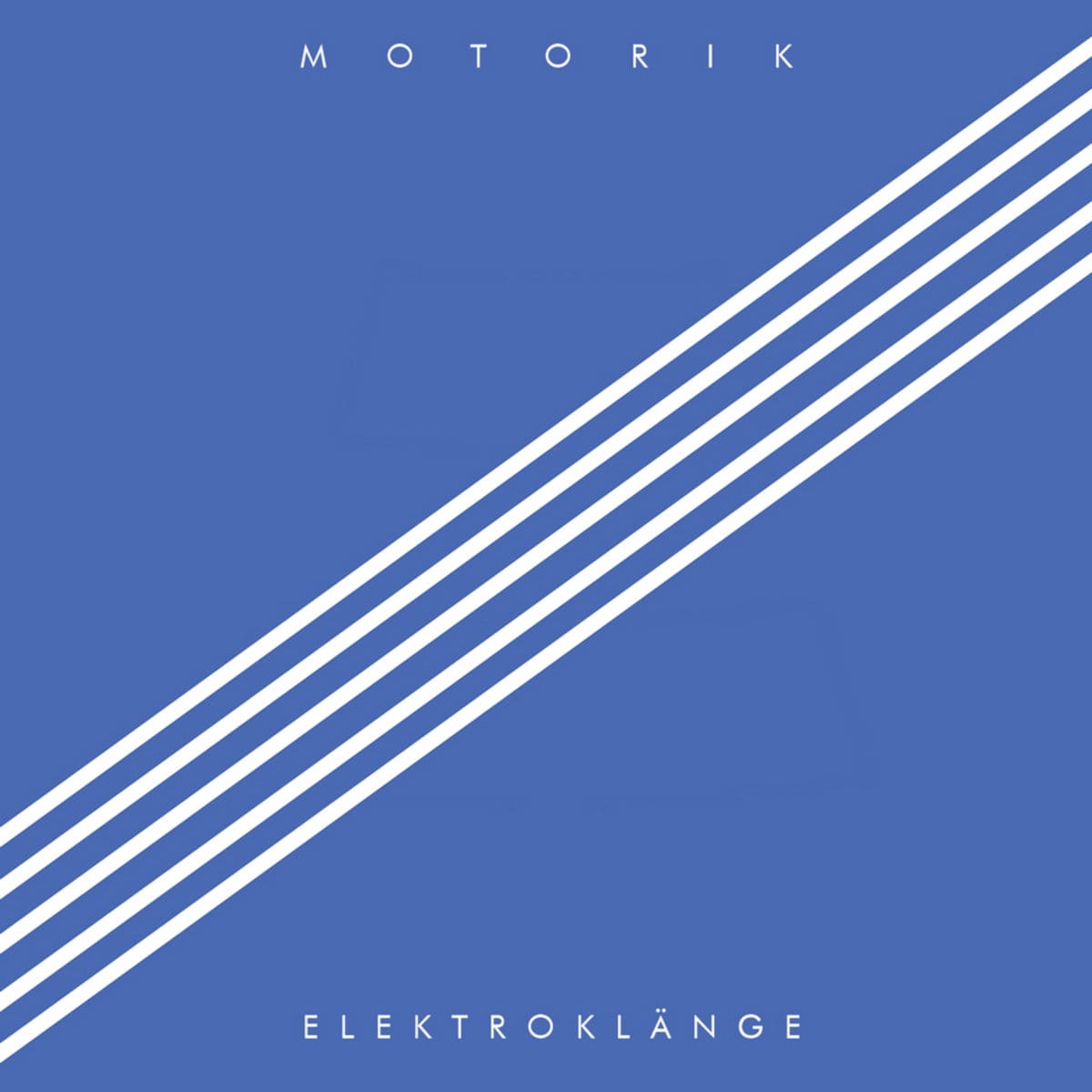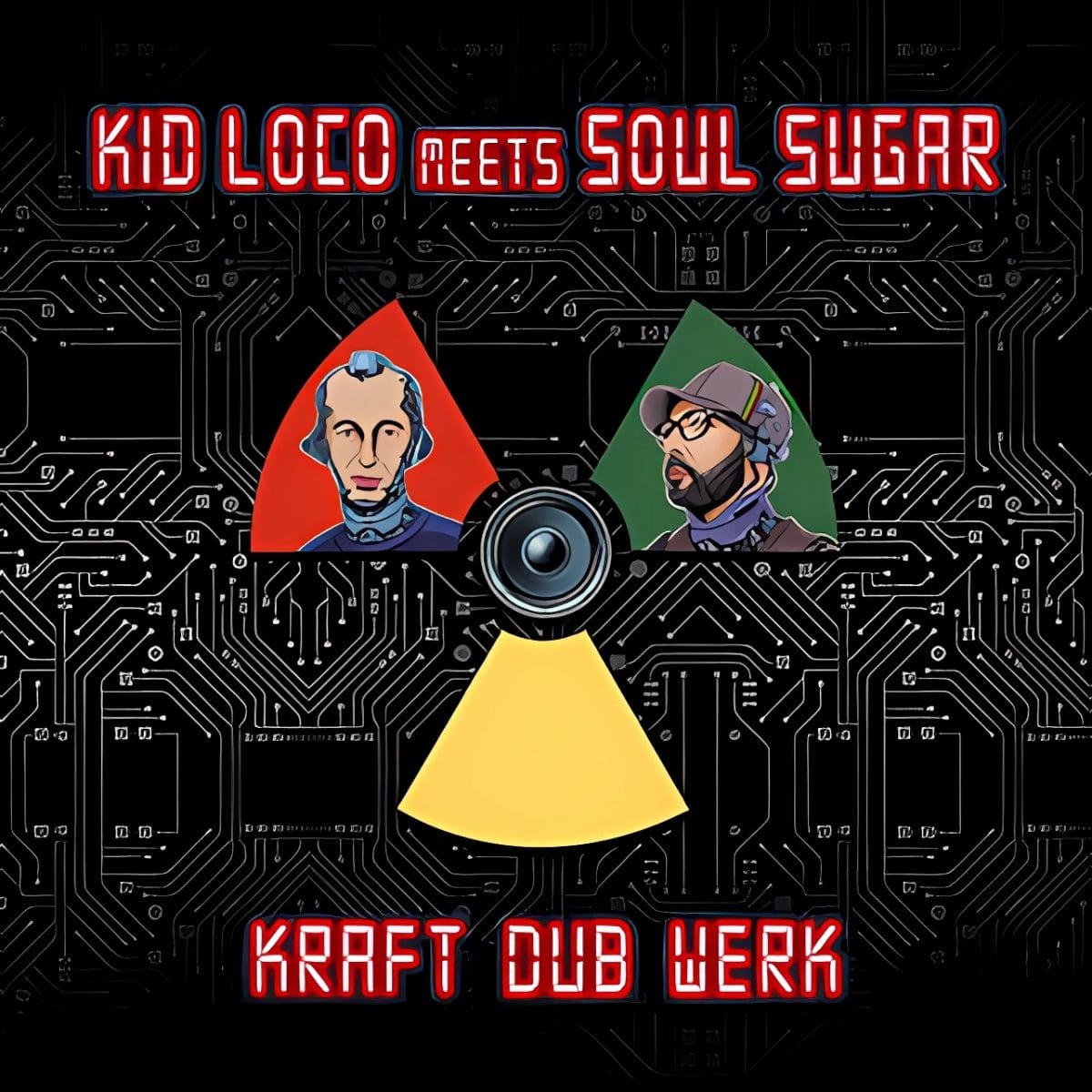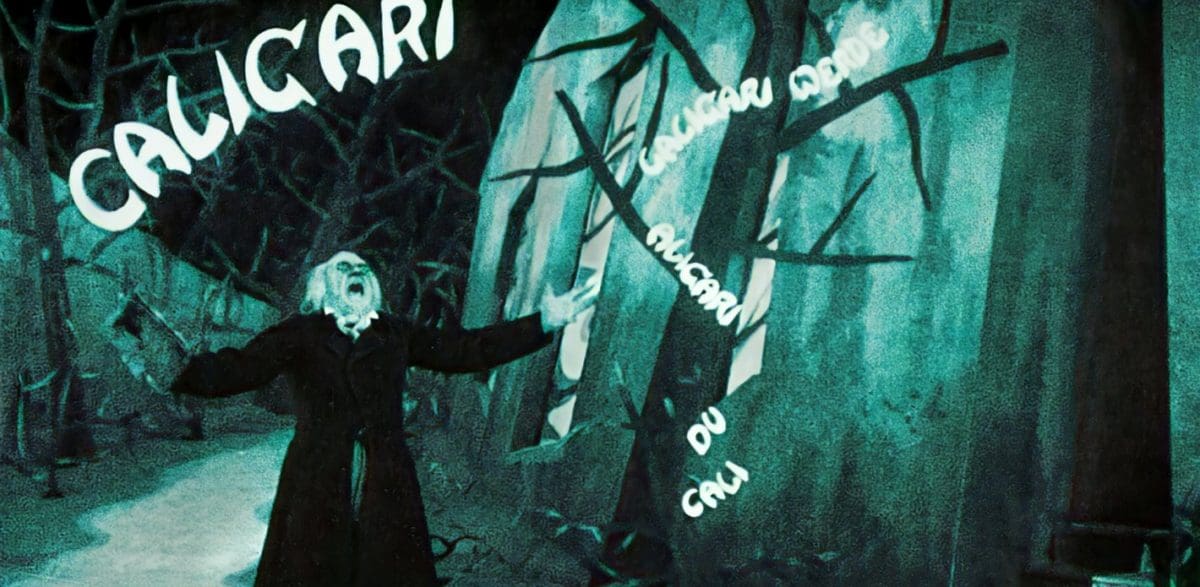‘Click Interview’ with Finkseye: ‘I Have A Rough Outline For A Fake “Mad Max”-Movie Type Soundtrack’
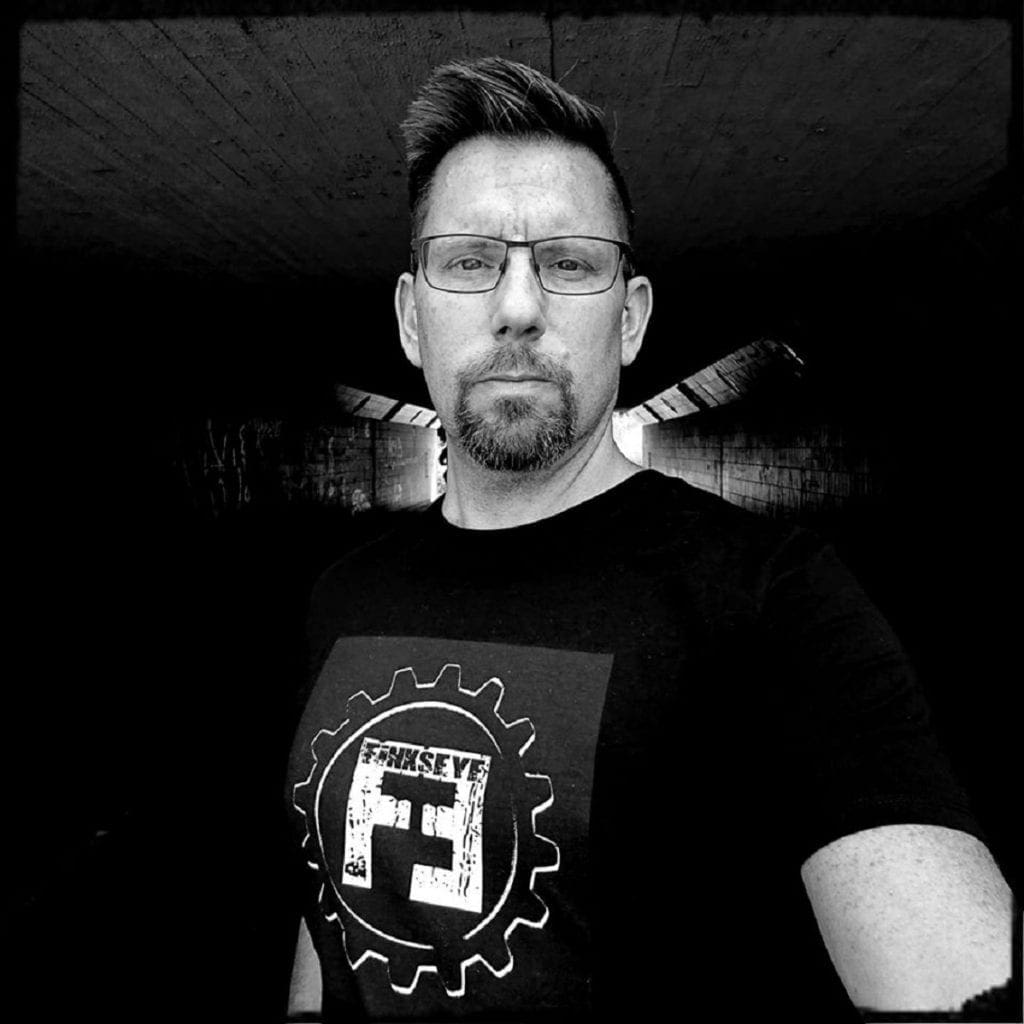

Before Finkseye, Henrik Fink Nilsson was involved with Struma. The common element between both bands is EBM! The name of this Swedish solo-project is taken from Henrik’s middle name ‘Fink’ while the ‘eye’ part stands for his artistic side and is a wink to his acrylic paintings and ink drawings, but still to his passion for photography and digital art. Henrik fink Nilsson got interested in electronic music since he was seven years old. He discovered the “Radio-Activity”-album from Kraftwerk, which he first liked for the artwork and the cool band name, but next he felt in love when hearing the music. He next discovered other electronic artists like Depeche Mode, Gary Numan ao.. Finkseye has already released a few number of albums. The third official work “Ecocide” has been already released on Razgrom Music and sounds as a further exploration to mix EBM and soundtrack music together. It’s an interesting challenge and clearly different from the typical EBM clichés.
(Courtesy by Inferno Sound Diaries)
Q: Finkseye is already active for numerous years, but how did you get the idea to set up the project? What have been the original ideas and purposes and how you perceive Finkseye today?
Henrik: My mom played an old Farfisa organ back in the day and I used to fiddle around on that one a lot, when I moved out of the house I missed that element of being able to make some noise so I bought a keyboard and continued. I came up with the name and logo for Finkseye in 1995 and in 1996 I started to make music under that name.
The general idea has always been trying to be free in the music to be able to let it go in any direction. The early music is mostly made up of noises and samples with an odd synth here and there, but as I progressed there is a red line and that is my love for electronic cinematic tracks. I have released a lot of the older tracks under the name Ventilounge on Soundcloud.
Finkseye today is almost like going back to the roots, there is more room for melodies and I let the EBM influences flow into any song to spice things up. I don’t follow rules or genres.
Q: Can you analyze your own evolution as musician/producer from the early works till the newest album “Ecocide”?
Henrik: In the beginning I was always in the hunt for noises and sounds and could sit forever to find the right stuff. Today I look for a way to convey a feeling or a vision of some sorts. It still involves around getting the right noise/sound, but I don’t spend that much time on it anymore. I have always liked to write stories so writing lyrics comes somewhat easy, the singing bit has been a steep uphill from the start, but I feel that I have found a place and key for my voice to feel natural in the songs now.
Q: Let’s talk about “Ecocide”, which has something pretty conceptual right? What did you try to express by this work and how did the composition happened?
Henrik: “Ecocide” was a concept album from the start; all my inspiration and lyrics were inspired by reading the news about warfare/politics or seeing some documentary about how we pollute our oceans. It’s a constant barrage of bad news and to top it off we got Covid-19 which in some way gave our earth a way to breathe again.
Whenever I wrote something it was charged with the bad news, this was however a very tough album to pull through so I stopped three songs short. I just could not continue on that road so I stopped the project and decided trying to release it as it was. The three last songs were given away as rough demos on Bandcamp. After the release I updated my whole studio with new synths and gear to exorcise the demon. The next album is in the works : )
Q: I noticed you recently also released an album based upon the Chernobyl disaster. The album was composed in between 2002 and 2010 so how comes it has been released only now and only as digital release? Tell us a bit more about this conceptual work?
Henrik: When I made those songs I felt like that they were too cold and Kraftwerk-ish so I wanted to release that album under a different name at first (The Liquidators). But the album just sat there and as time progressed I felt more at ease with the songs and now was the right time to release it. I thought about a limited CD-run, but ultimately felt that Bandcamp was the way to go.
The starting point for this album was when I came across a Russian news sample from the time when the disaster struck, I remembered when our news stations warned us for nuclear fallout and this together with my love for the band Kraftwerk kicked the project into action..
Q: “The Liquidators” sounds definitely soundtrack-like, which is an influence that often comes back in your work. What do you like in this cinematic style, which makes me think to cinematic-EBM? And are there concrete ideas/plans to release a real soundtrack?
Henrik: I remembered vividly when I was 13 years old watching “Bladerunner” for the first time, this would have been in 1987. The movie brought a perfect marriage of electronic music and film. The end titles inspired me (and still do today) and I started painting/drawing a lot of fantasy/horror themed stuff.
The cinematic link has been with me in my music since the very start and if I ever get the chance to write a soundtrack for a movie I will. I have a rough outline for a fake “Mad Max”-movie type soundtrack that lingers in my head. Maybe that will be my first soundtrack : )
Q: I noticed there also is a kind of common thread running throughout the artwork of your releases. What’s the importance of the artwork and what do you try to express that way? And you next to artwork also pay attention to image?
Henrik: The album cover should in some way convey what there is to be heard on the album, you should perhaps to be able to get a feeling from it or maybe just the concept of it. Starting with the covers I did for my band Struma 2012-2014 I have tried to have a red line running through the artwork. My logo evolves a small bit for each album I release, on “Ecocide” it’s just the logo upfront without the name Finkseye. On “Deadweight” I used a lot of my digital art and I have progressed to use more of my photos with each album cover and insert. On “Ecocide” I knew what I was after so on a foggy day I took photos around the ocean shore for the cover and the video I did for “Unreality” followed in the same footsteps. I want my releases to have my personality, I want people to be able to recognize it and perhaps say ‘hey there is a new Finkseye album on the shelf’ : )
Since you’re here …
… we have a small favour to ask. More people are reading Side-Line Magazine than ever but advertising revenues across the media are falling fast. Unlike many news organisations, we haven’t put up a paywall – we want to keep our journalism as open as we can - and we refuse to add annoying advertising. So you can see why we need to ask for your help.
Side-Line’s independent journalism takes a lot of time, money and hard work to produce. But we do it because we want to push the artists we like and who are equally fighting to survive.
If everyone who reads our reporting, who likes it, helps fund it, our future would be much more secure. For as little as 5 US$, you can support Side-Line Magazine – and it only takes a minute. Thank you.
The donations are safely powered by Paypal.

